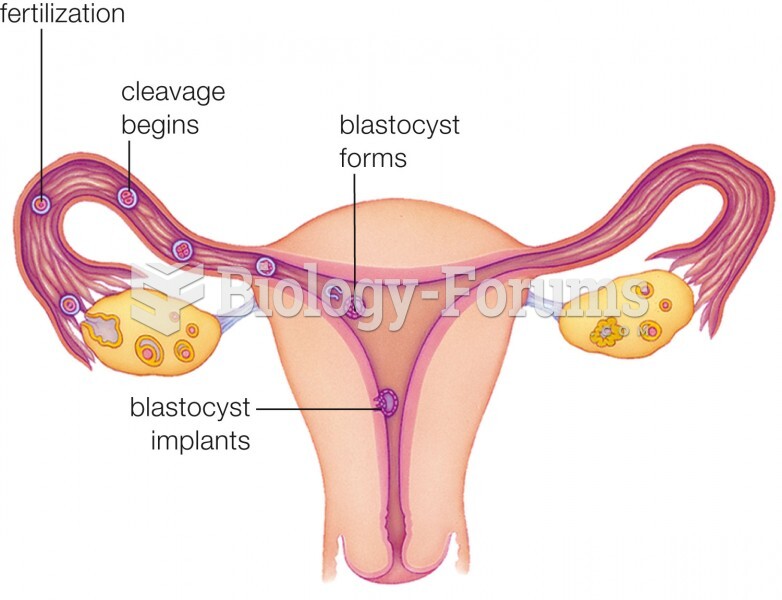Answer to Question 1
2
Rationale:
1. Although this statement is true, it is somewhat vague because it does not describe the nutritional composition of breast milk. In addition, this response is emotionally laden, and judgmental of the use of formula, and therefore not therapeutic.
2. This statement best answers the question about whether breast milk or formula is best. Breast milk is the gold standard on which formula is based. Formula attempts to provide nutrition that is similar to breast milk; however, breast milk composition is different in many ways.
3. Although exclusively breastfed infants have the same or slightly higher weight gain than their formula-fed and mixed-fed peers in the first 34 months, the client's question is not about growth, it is about whether breast milk or formula is better.
4. The client's question is not about digestion of formula and breast milk, the question is about which is better. It is best to answer a client's question directly.
Answer to Question 2
3
Rationale:
1. The basal body temperature is most accurate prior to arising each day. A thermometer with larger spaces between tenths of a degree is used to facilitate accurate recording.
2. Taking the temperature each morning will help detect ovulation. Checking cervical mucus daily for changes in consistency and stretchiness is another method to detect ovulation. Combining the two methods gives better information on when ovulation is occurring than one does method alone.
3. A flat line on the graph is a monophasic cycle indicating a lack of ovulation. An ovulating woman will have a biphasic pattern to her basal body temperature. The temperature will drop slightly prior to ovulation, and rise about .51.0-degree Fahrenheit as ovulation occurs, remaining elevated if conception occurs or dropping just prior to onset of menses.
4. Basal body temperatures are less predictive of when ovulation occurs, but an increase in the latter half of the cycle indicates that ovulation has occurred.







